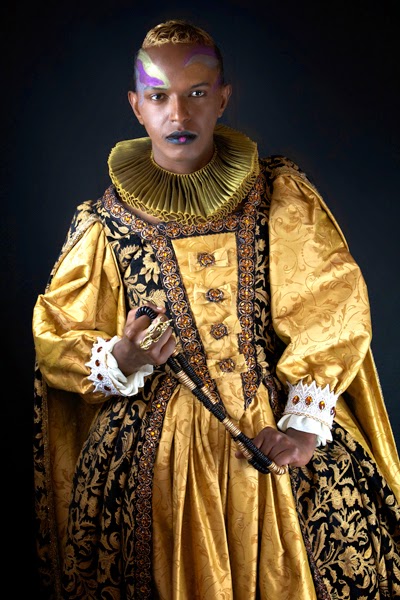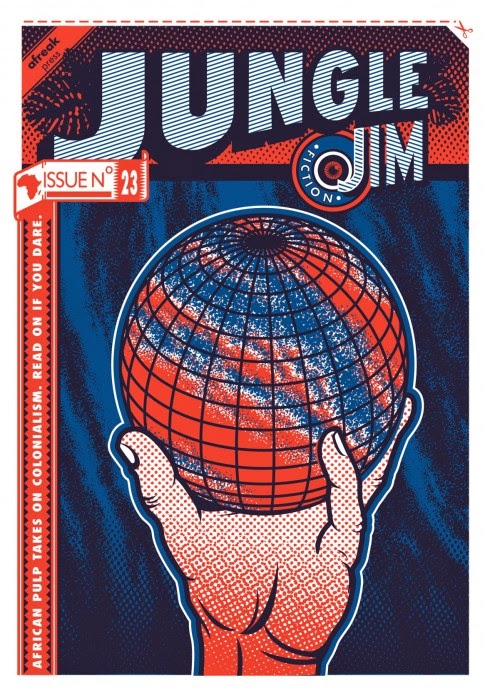 |
| Professor V.Y. Mudimbe |
In a
foundational essay in African literary studies, the critic V.Y. Mudimbe once posed
the provocative question, is African literature a myth or a reality? (“African Literature: Myth or Reality?” African Literary studies, The Present State/L’etat présent, ed. Stephen Arnold, pp. 7-11. Washington, DC: Three Continents Press, 1985). His answer is equally provocative: there is no
real, true nature of African literature we can locate that exists in itself.
This is not because, as some have argued, African literature is a copy of
literatures from elsewhere, a “belated” cultural form that imports techniques
of expression and modes of thought from outside of the continent. Some such arguments have viewed the oral
tradition, not the literary, as the true form of authentic African culture. Mudimbe,
however, wants to question the oppositions posed between the indigenous and
foreign, authentic and inauthentic, the oral and literary.
The critic asserts
that the reason there is no such thing as an essential nature to African
literature is that African literature, like literatures from anywhere, cannot
be separated from the multiple contexts in which it emerges and to which it also
responds. These contexts—publishing houses both large and small, literary
journals, school classrooms, academic conferences, and now fanzines, blogs, even
twitter feeds —are always in the process of establishing and re-establishing
procedures for measuring, classifying, and defining what African literature is.
The Caine Prize for African Writing is another such context. The selection of
short stories submitted for the prize this year is a testament to the capacity
of contemporary writing to make us rethink assumptions that underlie such procedures
of judging.
The short stories—nearly
one hundred and fifty of them received this year—challenged the very concept of
what an African short-story is, if we understand by this term a category
defined according to dominant taxonomizing conventions: the national, regional,
or continental origins of a work’s author; the institutions and media through
which it is published, diffused, and marketed; the topics it treats; the formal
strategies it employs; the genre it embodies.
These works possessed an astonishing range of subjects and styles, and were
written and published across multiple regions, nations, continents, and
platforms. They created literary worlds that were just as diverse, extending
from the prosaic to spectacular, the quotidian to the magical.
 |
| Rotimi Babatunde |
In these worlds,
a household pet becomes an esteemed and then disgraced local politician
(Rotimi
Babatunde,” Howl” in A Memory This
Size).
 |
| Diriye Osman, Photo credit Boris Mitkov |
The Sleeping Beauty fairytale is queered through the staging of a love story between
a young refugee from Somalia living in Moi’s Kenya and his kindergarten
classmate (Diriye Osman, “Fairytales for Lost Children” in Jungle Jim).
 |
| George Makana Clark |
A man searching for redemption confesses his sins of “trafficking
in human souls” and traveling to the edge of the Portuguese empire and the
coastal city of Luanda in the 18th century with his father and an
abducted infant (George Makana Clark,
“The Incomplete Priest” in Ecotone).
 |
| Leonora Miano |
A new kinship formation emerges when a teacher becomes a surrogate parent to a
young woman thrown out of her house, accused by her mother of being a witch (Léonora
Miano, “The Open Door of Paradise” in Transition).
 |
| Annie Holmes |
And a teenager steals away with her girlfriend for sex during a family send-off
for her brother, whose fate in the Rhodesian Light Infantry she worries over as
his departure approaches (Annie Holmes, “Leaving Civvie Street” in Queer Africa).
Taken as a
whole, but also viewed individually, the stories not only stretched generic
categories such as modernism, realism, and naturalism, but also troubled attempts to separate the aesthetic from extra-aesthetic
spheres, the literary from the political, historical, environmental, or economic.
Their plotting, focalizations, narrative voices, rhetorical devices, and
structural features call into question the idea that there might be any single
definition or model against which the African short-story might be measured.
They give us a view into an African literature of the present and future in
ongoing conversation with, and re-imagination of, literary and historical
pasts.






No comments:
Post a Comment